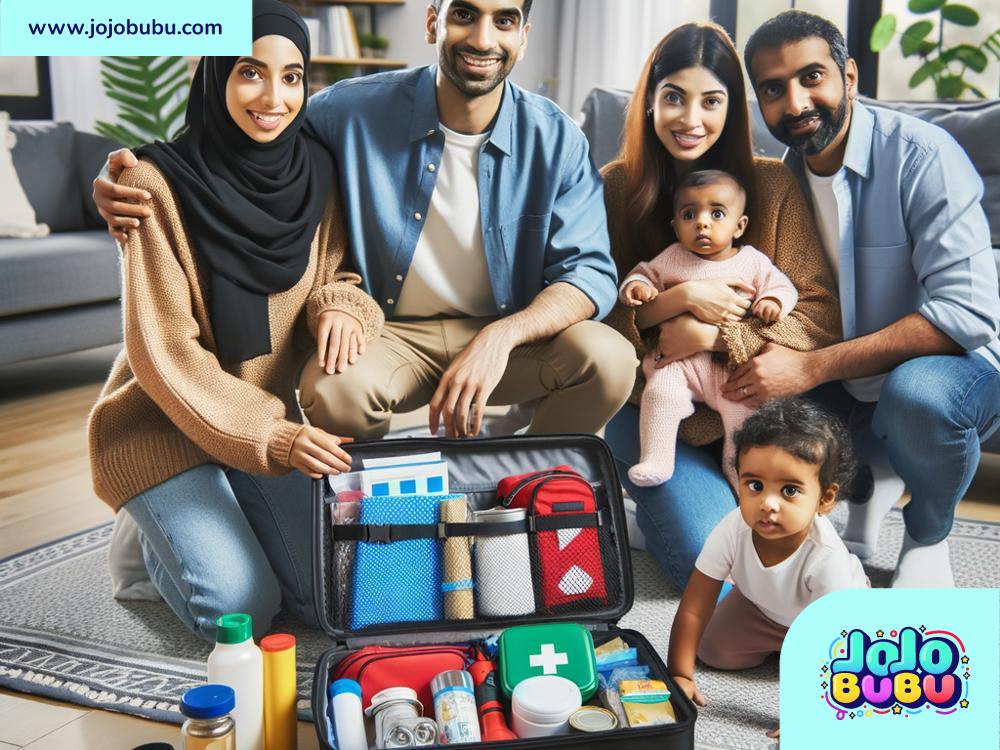Preparing for Emergencies: A Simple Guide for Everyone
Emergencies can happen at any time, and they often catch us by surprise. From natural disasters like hurricanes and earthquakes to everyday dangers like house fires or power outages, being unprepared can make a difficult situation much worse. Preparing ahead of time can help keep you and your family safe when things go wrong. In this blog, we'll share simple steps you can take to get ready for emergencies, protect yourself, and stay calm when disaster strikes.
Why Prepare for Emergencies?
Emergencies can cause chaos, confusion, and fear. If you're not ready, you might waste precious time figuring out what to do or where to go. Preparing ahead of time makes it easier to act quickly and confidently. Whether it's a flood, a medical emergency, or even a situation like losing power during a snowstorm, being prepared can save lives and reduce stress.
Planning for emergencies isn't just for big disasters. Even smaller problems, like a car break-down or a neighborhood blackout, can benefit from good preparation. It's always better to be safe than sorry.
Step 1: Make a Family Emergency Plan
The first step is creating a plan. A family emergency plan helps everyone know what to do and where to go during an emergency. Here’s how to make one:
-
Choose a Meeting Place: Pick a safe location where your family can meet if you get separated. Choose one spot near your home (like a neighbor's house or community center) and one farther away in case your neighborhood isn’t safe.
-
List Emergency Contacts: Write down important phone numbers, like family members, close friends, and emergency services. Teach kids how to call for help, like dialing 911.
-
Talk About Escape Routes: Discuss how to leave your home quickly in case of a fire or other immediate danger. Practice using these routes together, like a fire drill.
-
Plan for Pets: Don’t forget your furry friends! Make sure they have food, water, and a crate or carrier for easy transport.
Keep your plan in a place where everyone can find it, like on the fridge or in an easy-to-grab folder.
Step 2: Build an Emergency Kit
An emergency kit is a collection of supplies you might need during a crisis. It's like having a toolbox for emergencies. Here’s what to put in your kit:
- Water: Store enough water for at least 3 days—usually about 1 gallon per person per day.
- Food: Pack non-perishable foods, like canned goods, granola bars, or peanut butter. Don't forget a manual can opener!
- Flashlights and Batteries: When the power goes out, flashlights are safer than candles because there’s less risk of fire.
- First Aid Kit: Include bandages, antiseptic wipes, pain relief medicine, and any prescription medicines you regularly take.
- Radio: Keep a battery-powered or hand-crank radio to listen for news updates.
- Multi-Tool or Pocketknife: These tools can come in handy for many emergency tasks.
- Blankets and Clothing: Pack warm clothes and blankets to stay cozy if the heat goes out.
- Important Documents: Store copies of IDs, insurance info, and other important papers in a waterproof bag.
- Cash: In some emergencies, ATMs and credit card machines may not work.
- Special Items: If you have babies, elderly family members, or pets, make sure you pack their special needs (like diapers, medications, or pet food).
Store your kit in a sturdy box or bag, and keep it in a place that’s easy to access.
Step 3: Stay Informed
Knowledge is power during an emergency. Pay attention to weather alerts, news updates, and advice from local authorities. Here’s how to stay informed:
- Sign Up for Alerts: Many cities and towns offer emergency text alerts. Sign up to get warnings about severe weather or other dangers.
- Learn About Local Hazards: Understand the types of emergencies common in your area. For example, if you live in a region prone to earthquakes, learn how to stay safe during one.
- Listen During an Emergency: If authorities tell you to evacuate, follow their advice immediately. They have the best information about what’s happening.
Step 4: Practice and Review
Once your plan and kit are ready, take time to practice. Teach your kids how to use the emergency phone numbers, and walk through your escape routes as a family. Check your emergency kit every 6 months to make sure nothing is expired or damaged. Replace batteries, update documents, and adjust your supplies if your family’s needs change.
Be Prepared, Not Scared
Emergencies can be scary, but preparation helps you stay calm and focused. By planning ahead, building an emergency kit, and practicing what to do, you’re taking great steps to protect yourself and the people you love. Remember, you don’t need to do everything at once—start with small steps and build on them as you go. The time you spend planning now can make a big difference later.
No one can predict the future, but being prepared can turn an unpredictable emergency into a manageable situation. Stay safe, stay informed, and take action today to protect yourself tomorrow!

